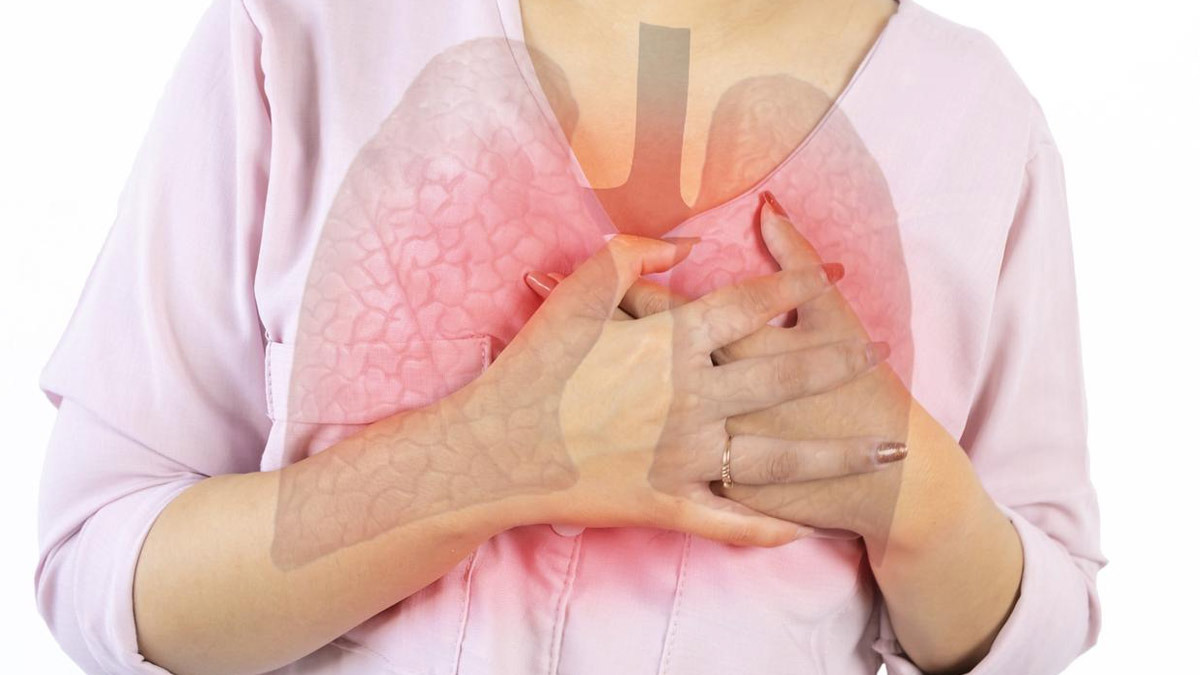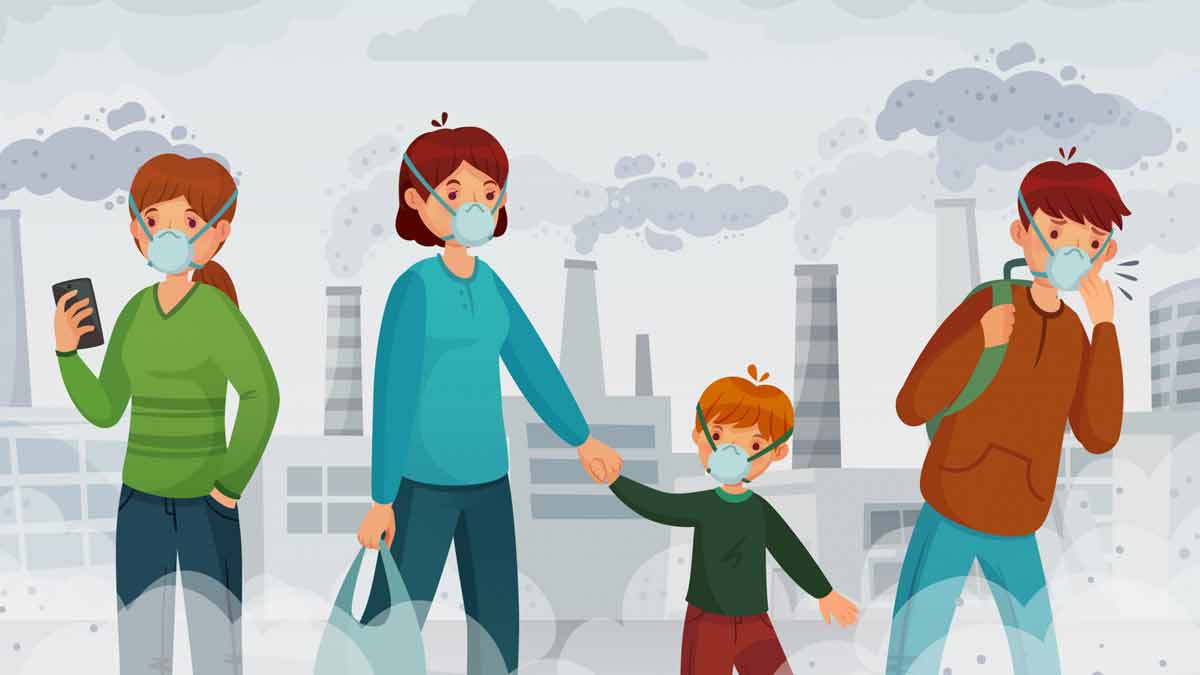

Air pollution has become a significant environmental concern across the globe, impacting the health and well-being of millions of people. Apart from respiratory issues and cardiovascular diseases, prolonged exposure to air pollutants has been linked to more severe consequences, including an increased risk of developing lung cancer. The presence of various harmful particulate matter and toxic chemicals in the air can lead to inflammation, oxidative stress, DNA damage, and cell proliferation in the lungs, contributing to the development of lung cancer.
Speaking with the editorial team of Onlymyhealth, Dr Loveleen Mangla, Senior Consultant Pulmonology & Sleep Medicine, Metro Heart Institute & Multispecialty, Faridabad shares how air pollution can trigger lung cancer and the role of endobronchial ultrasound. Here is what she shared with us.
In India, lung cancer accounts for 6.9 percent of all new cancer cases and 9.3 percent of all cancer-related deaths. The prevalence of air pollution in the country is a major contributing factor to this alarming statistic. Particulate matter, especially PM 2.5, is a key culprit in air pollution. These tiny particles can penetrate deep into the lungs, causing damage to the delicate lung tissue and increasing the risk of lung cancer, shares Dr Mangla.
Early diagnosis of lung cancer is crucial for effective treatment and improved outcomes. Symptoms such as persistent coughing, shortness of breath, chest pain, and recurrent respiratory infections should not be ignored, especially for individuals living in areas with high levels of air pollution.
Also read: Skin Infections: 5 Bad Habits That Increases The Risk
Diagnosis of Lung Cancer
Diagnosis of lung cancer can be a multi-step process starting with detecting the symptoms and getting consulted by the doctor. The diagnosis of lung cancer following processes can be included:
1. Endobronchial Ultrasound
Endobronchial Ultrasound (EBUS) has emerged as a highly valuable tool. It enables doctors to accurately diagnose and stage lung cancer, aiding in the development of personalised treatment plans for patients. During an EBUS procedure, a thin, flexible tube with a small ultrasound probe is inserted through the mouth or nose and into the airways. This allows the doctor to visualise and biopsy abnormal growths or lymph nodes in the lungs.

2. Imaging Tests
Chest X-rays and Computed Tomography Scan (CT scan) can be used to find abnormalities in the lung. These scans can help detect suspicious large masses and nodules that need further evaluation.
3. Biopsy
A biopsy is performed to confirm the presence of cancer cells. Under this process, a small sample of tissue from the lung is extracted for examination under a microscope. There are different biopsy methods, including needle biopsy, bronchoscopy, and thoracentesis, depending on the location of the suspected tumour.
Also read: Skin Infections: 5 Bad Habits That Increases The Risk
4. Molecular Testing
Molecular testing analyses cancer cells to identify specific genetic mutations. This information helps tailor targeted therapies for certain types of lung cancer, improving treatment effectiveness. Genes like KRAS, ALK, EGFR etc can be targeted to detect any changes.

Treatment Of Lung Cancer
The choice of treatment for lung cancer depends on factors such as the type of lung cancer, the stage of the disease, the overall health of the patient, and individual preferences. The main treatment options include:
1. Surgery
Surgery is often recommended for early-stage non-small cell lung cancer (NSCLC). The surgeon removes the tumour and nearby lymph nodes to eliminate the cancerous cells. This surgery may remove the tumour and a small number of healthy tissues surrounding the tumor to ensure that no cancer cells leave behind.
2. Radiation Therapy
The method uses high-energy rays to kill cancer cells. It can be used as a primary treatment for early-stage lung cancer or combined with other treatments, such as surgery or chemotherapy.
Also read: Skin Infections: 5 Bad Habits That Increases The Risk
3. Chemotherapy
Chemotherapy involves the use of drugs to kill cancer cells and stop them from growing. It is usually done in cycles and may be used before or after surgery, or in combination with radiation therapy.
4. Targeted Drug Therapy
Targeted Drug therapies are designed to target specific molecules or genetic mutations that are unique to cancer cells. These therapies are often used for patients with certain types of advanced lung cancer.
Understanding the link between air pollution and lung cancer is essential for implementing effective measures to combat this pressing health concern. Reducing air pollution through stringent emission standards, promoting cleaner energy sources, and adopting personal protective measures can significantly lower the risk of lung cancer. Additionally, early diagnosis using advanced techniques like Endobronchial Ultrasound can lead to timely treatment and better outcomes for lung cancer patients. Together, we can work towards a healthier and cleaner environment, protecting the lung health of individuals and improving the quality of life for all.
اكتشاف المزيد من ينبوع المعرفة
اشترك للحصول على أحدث التدوينات المرسلة إلى بريدك الإلكتروني.
